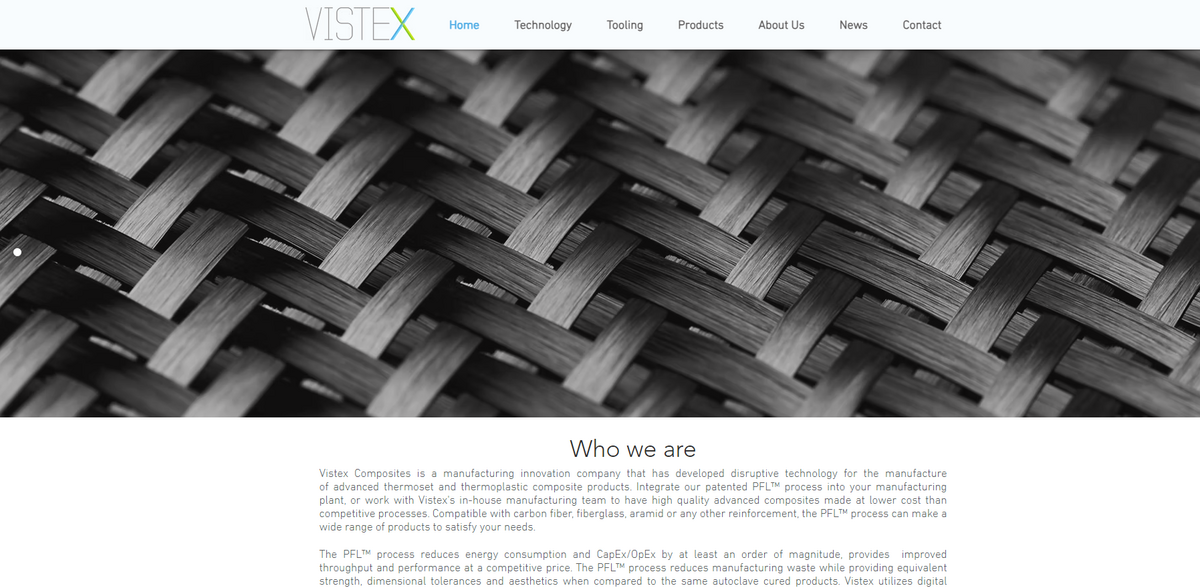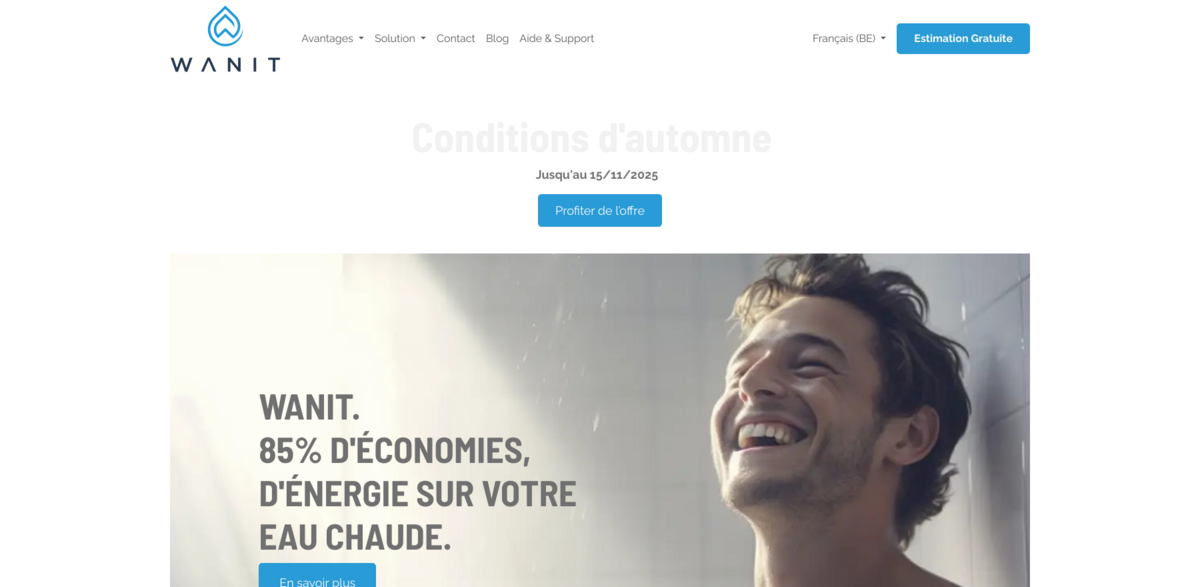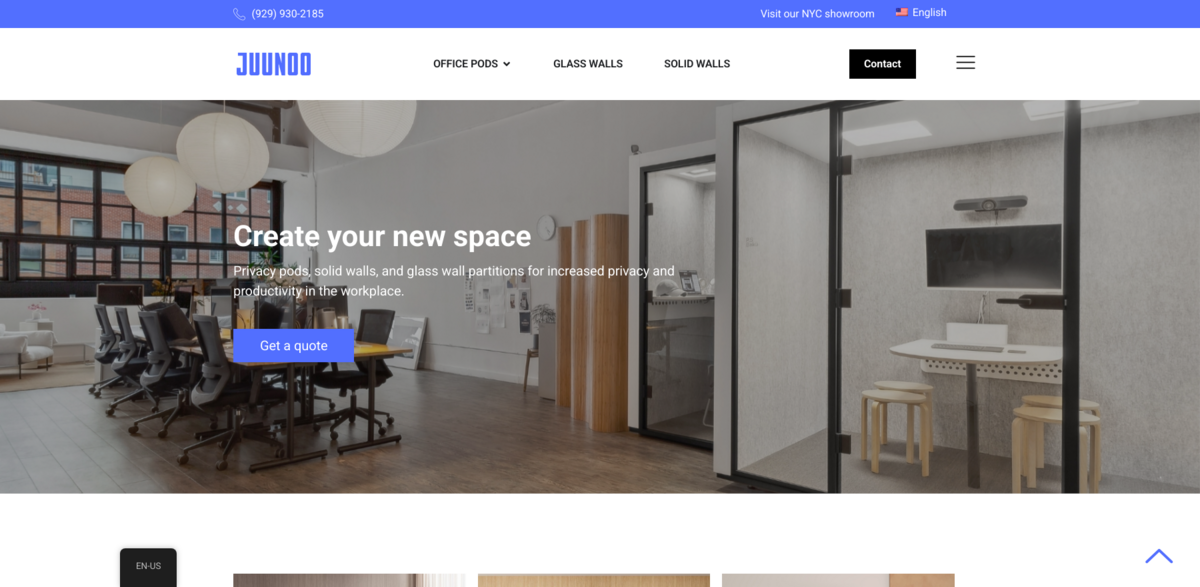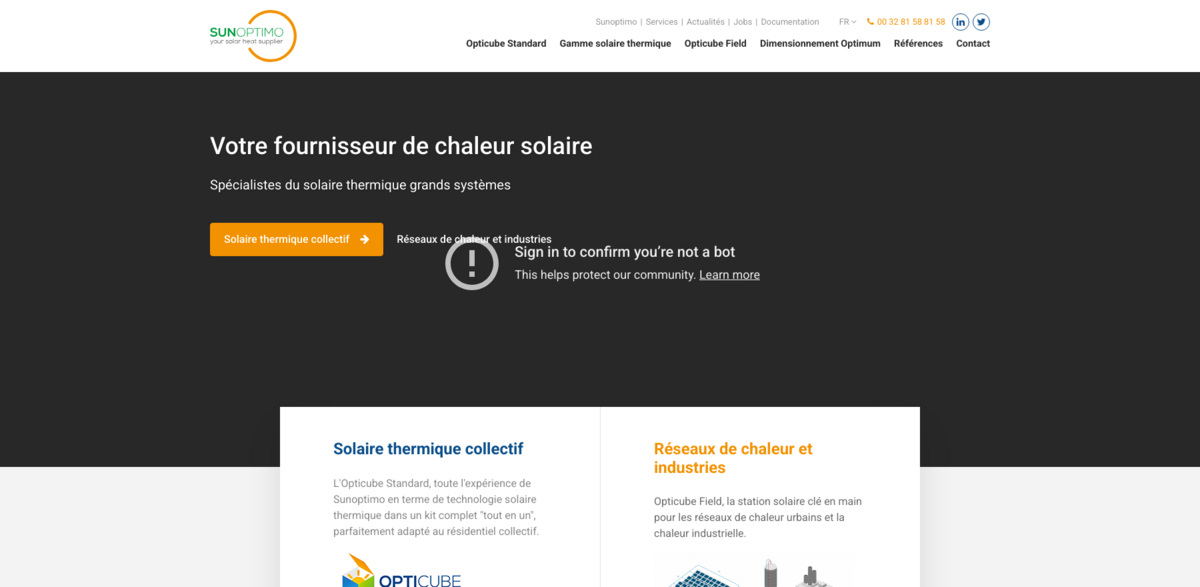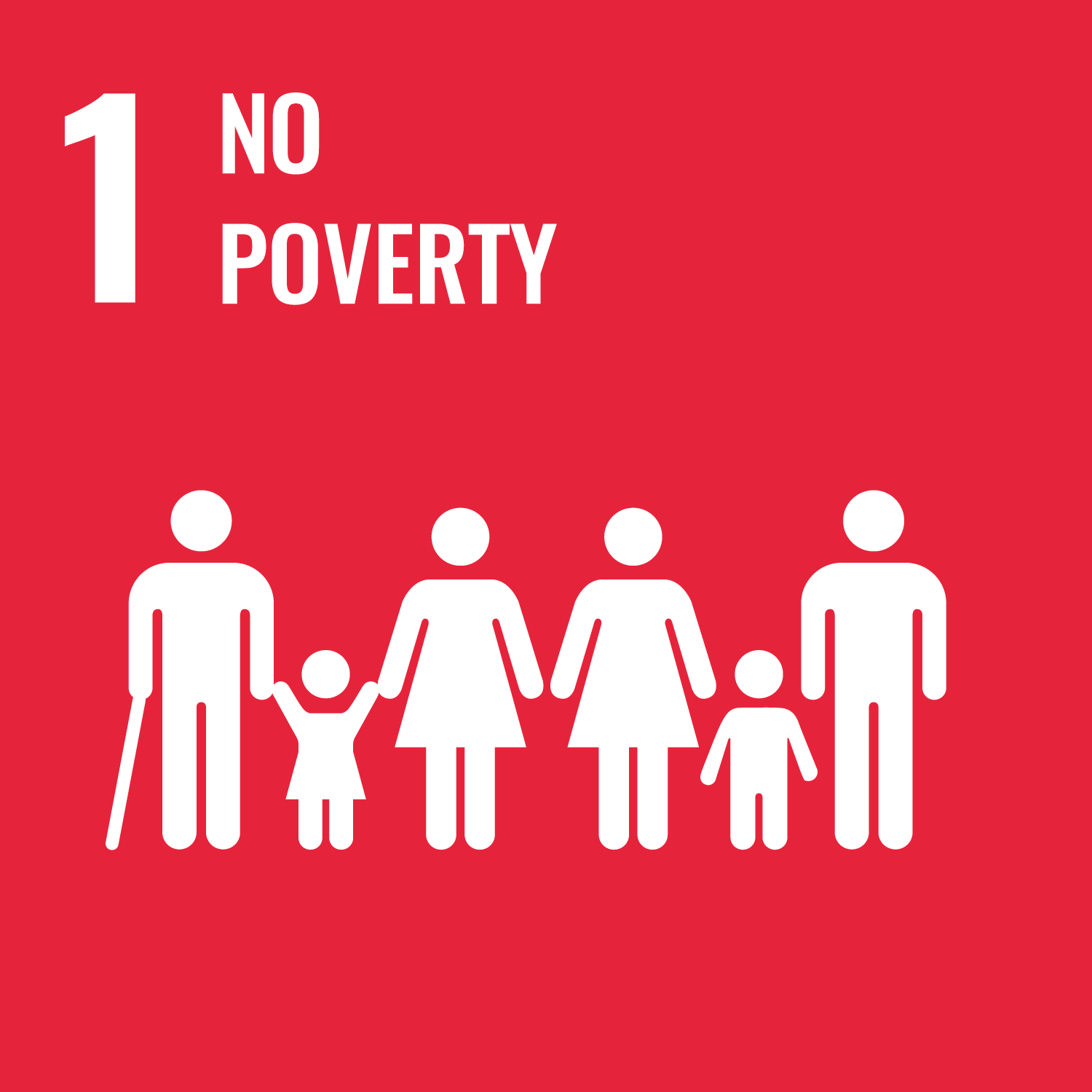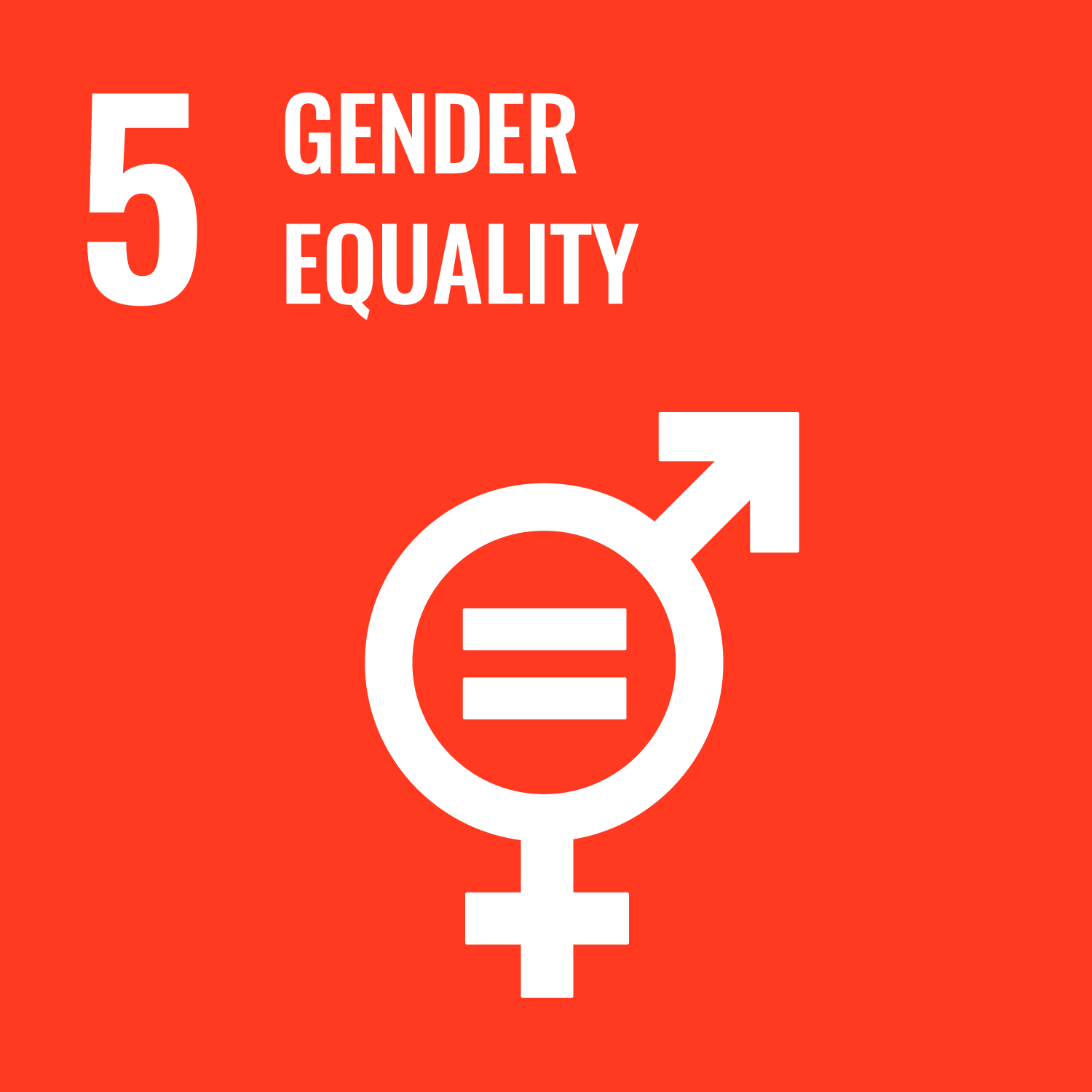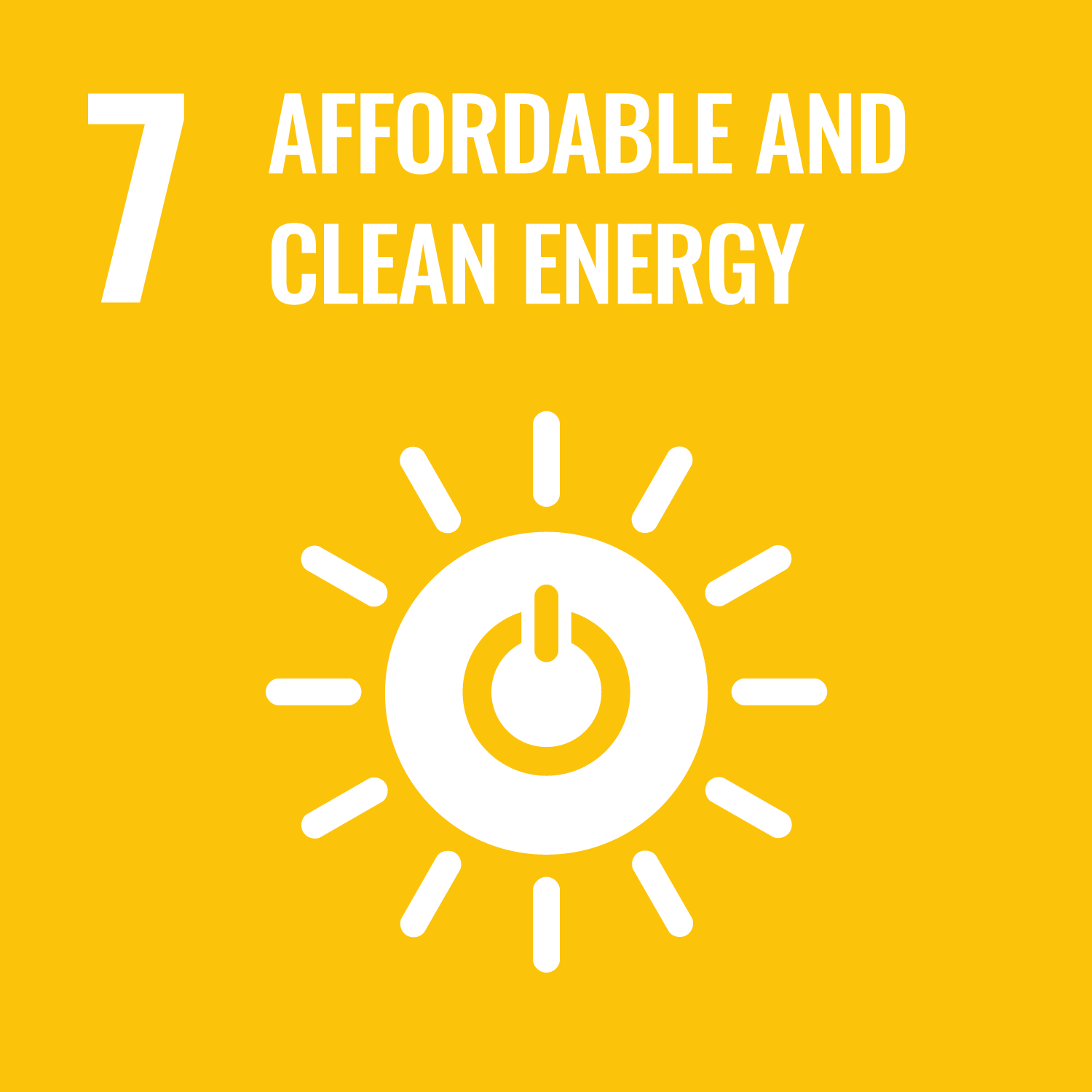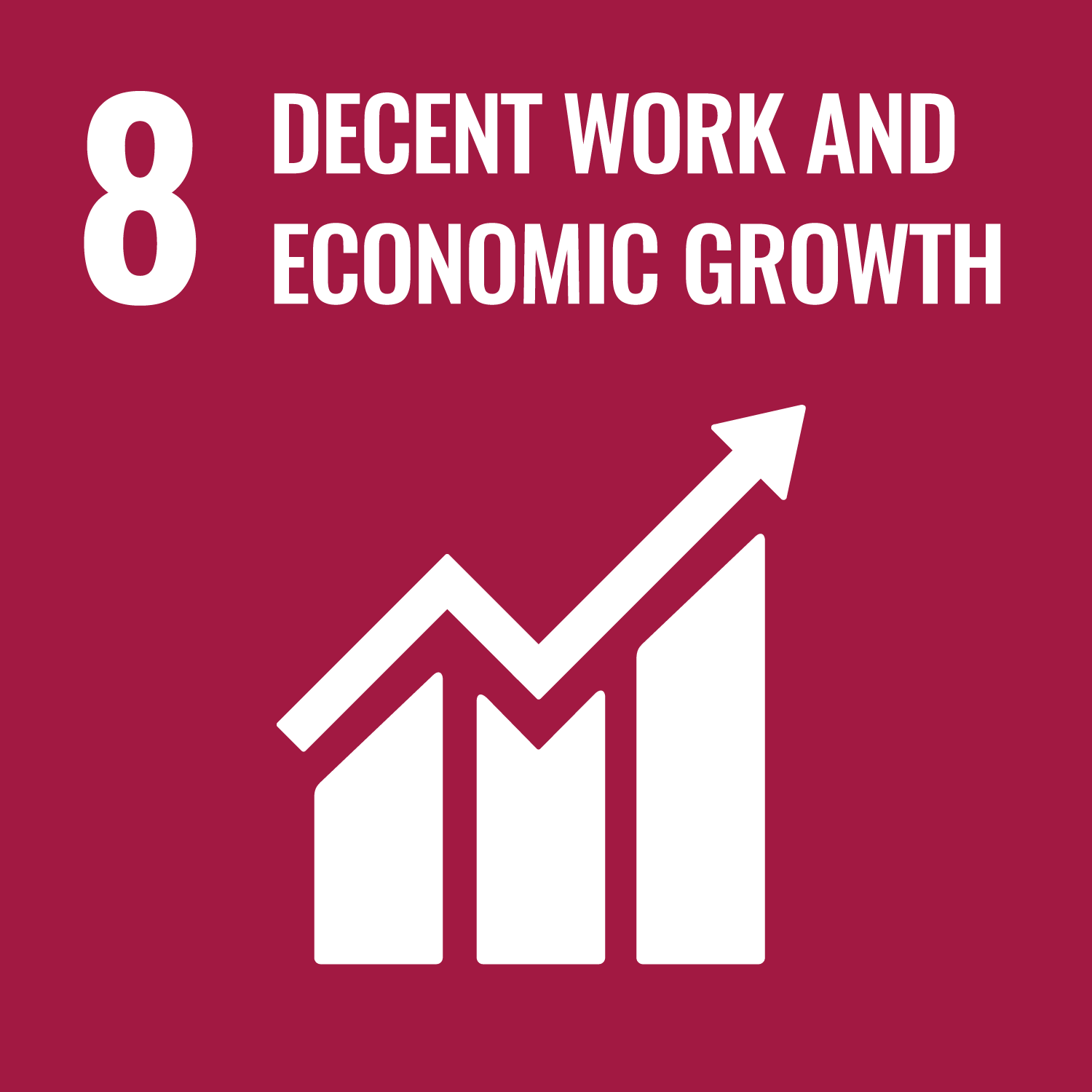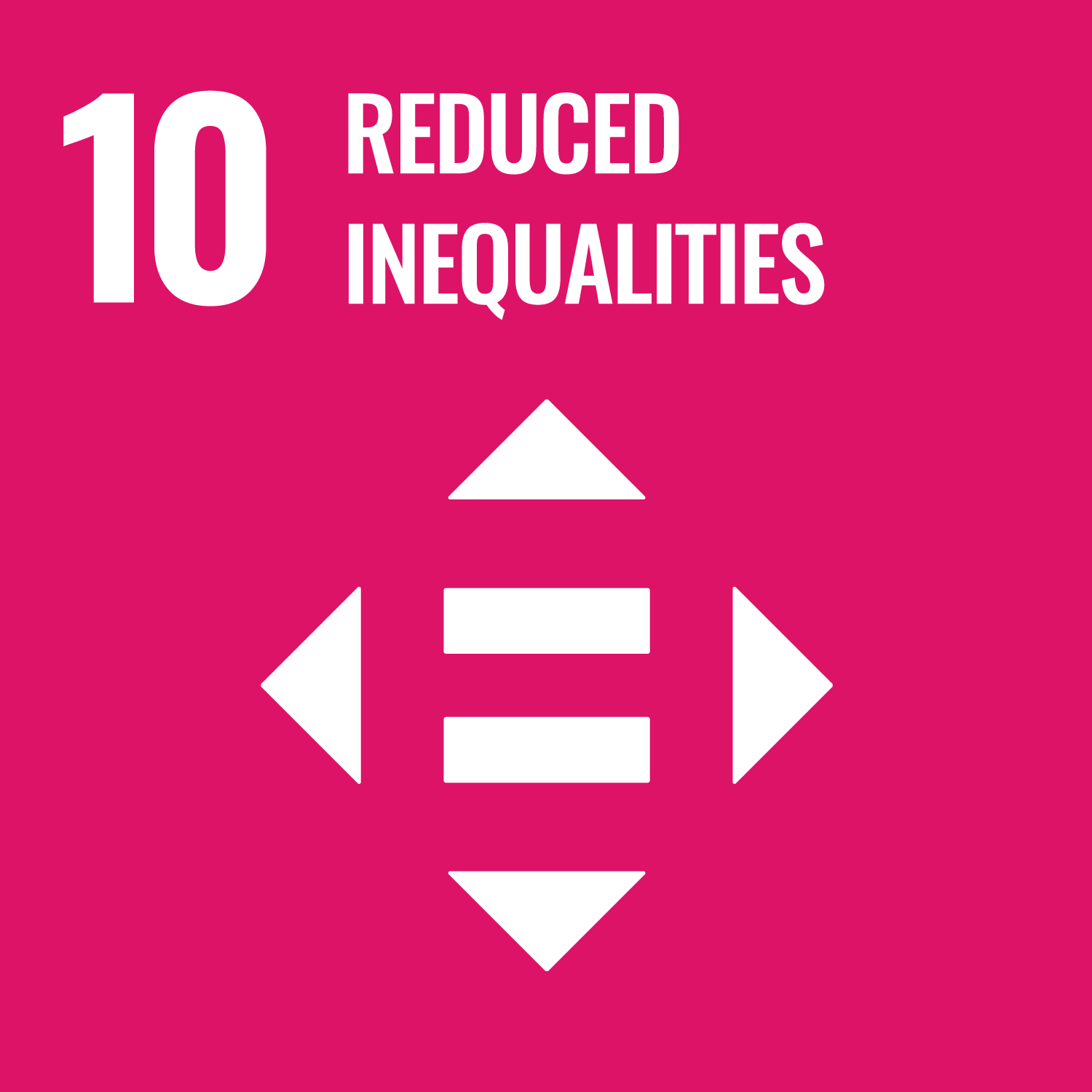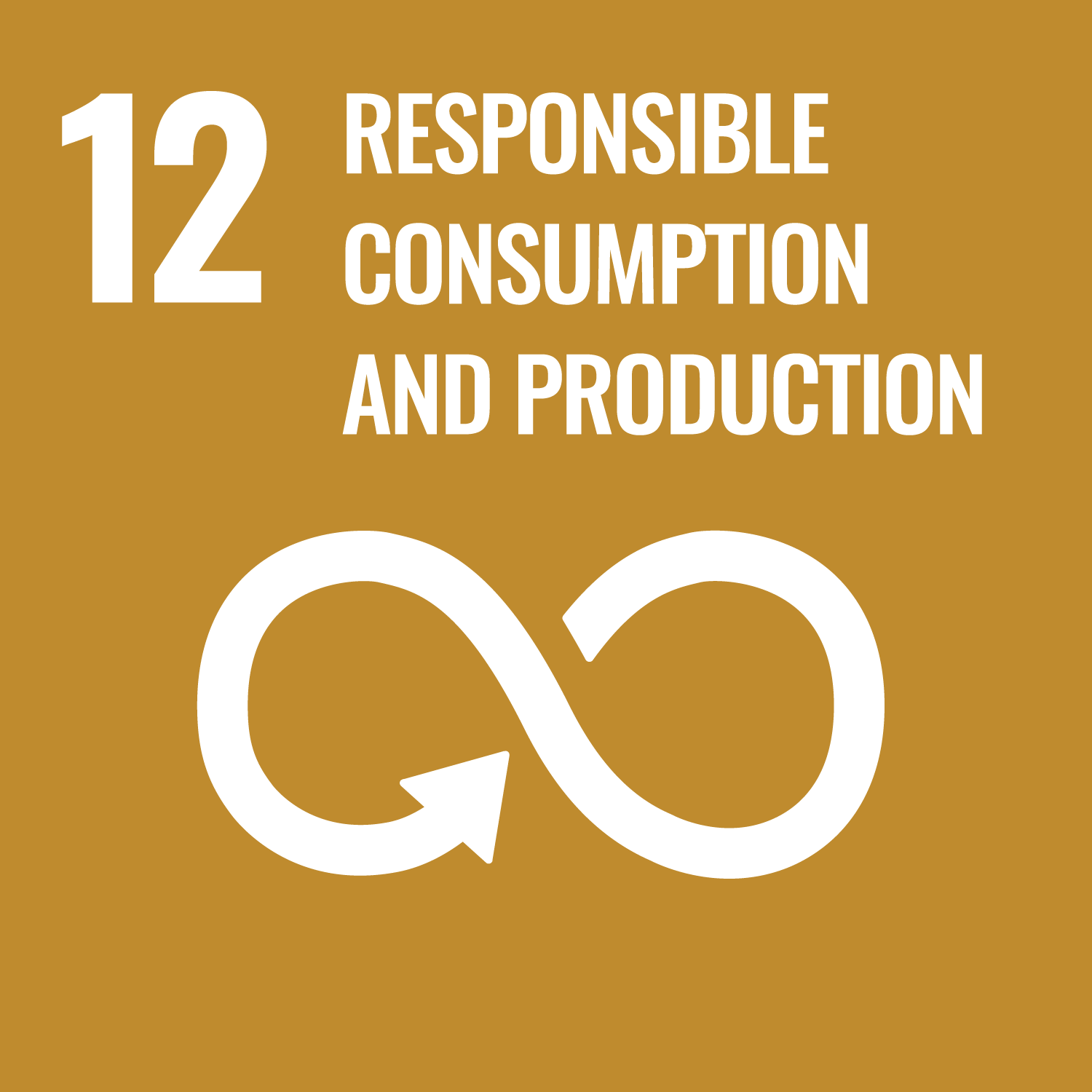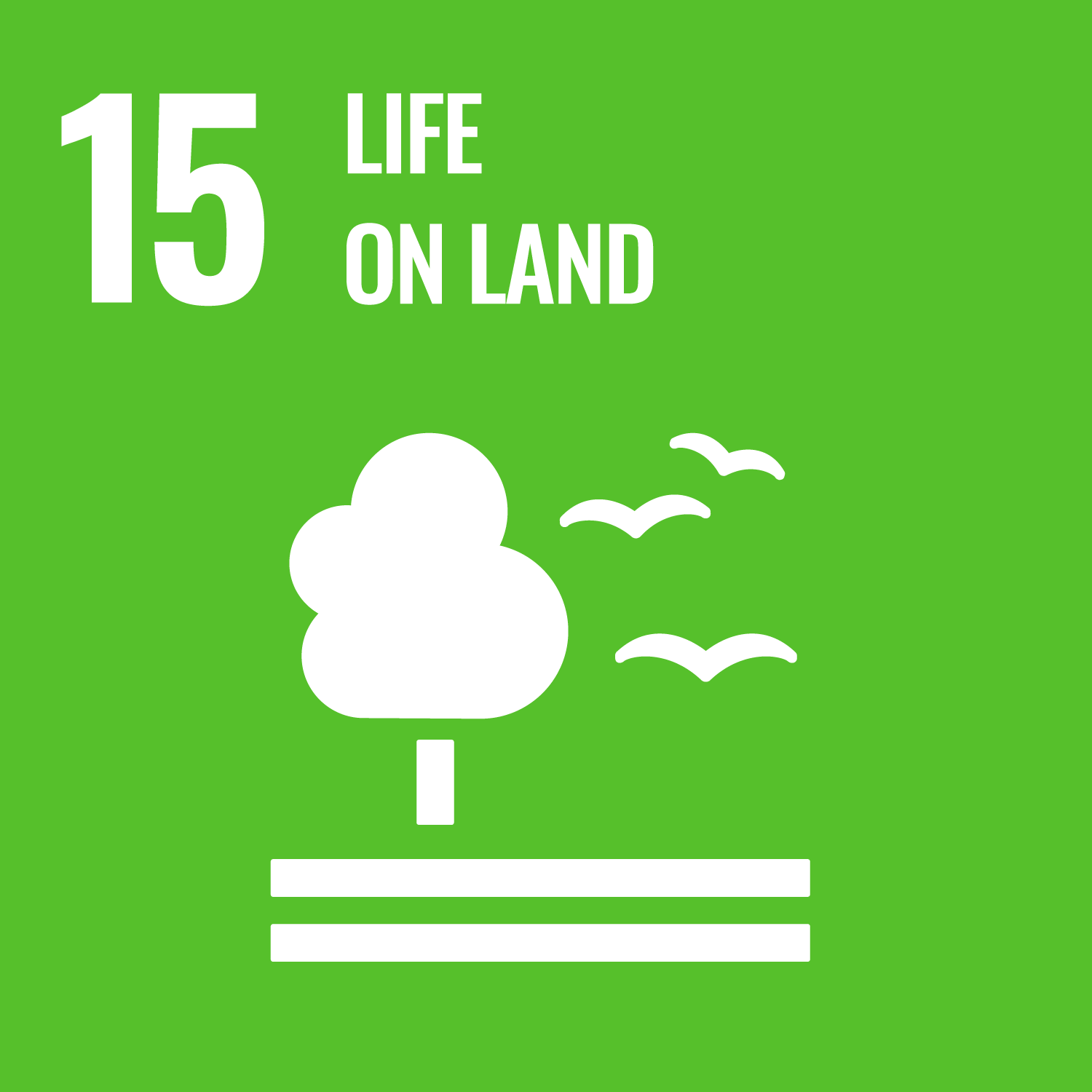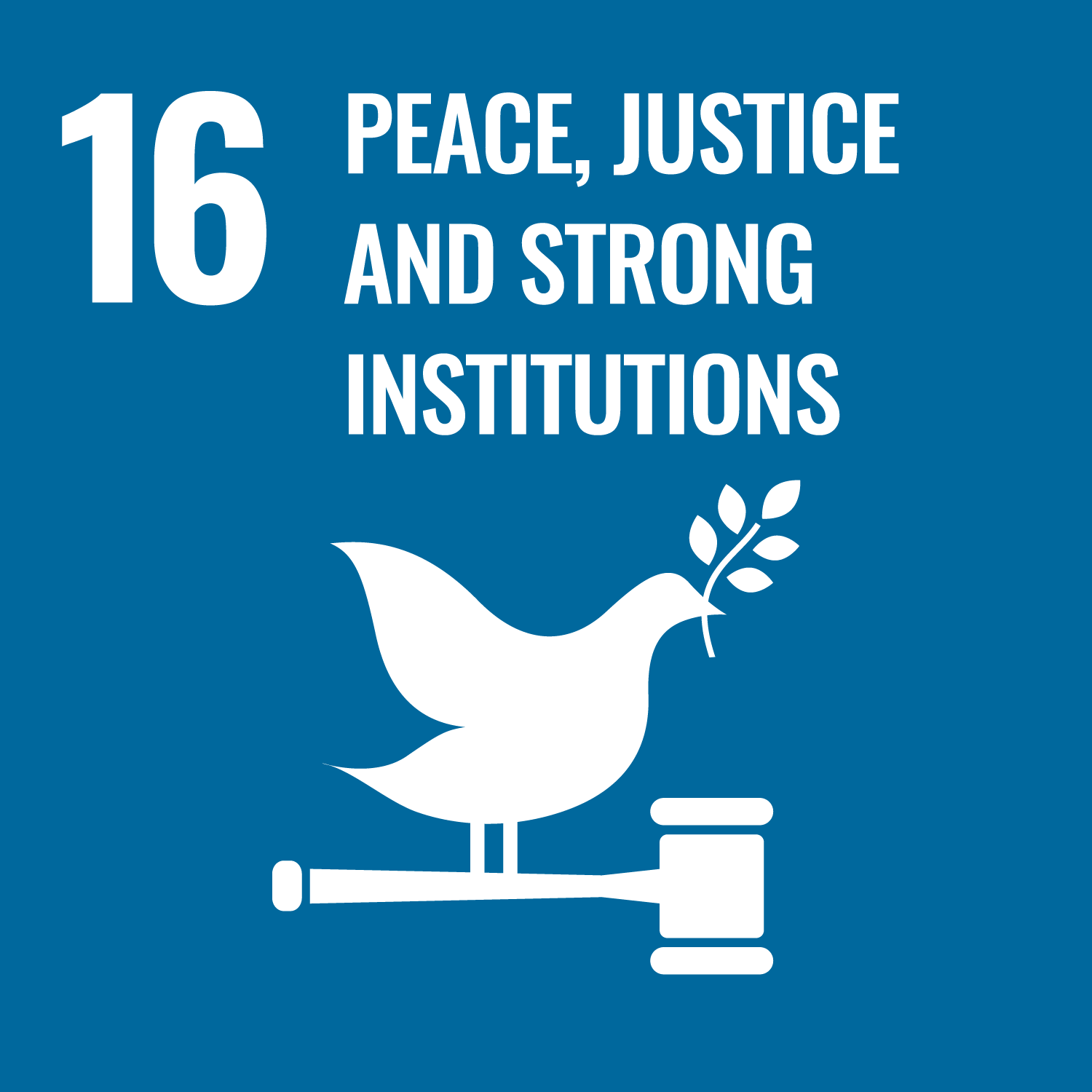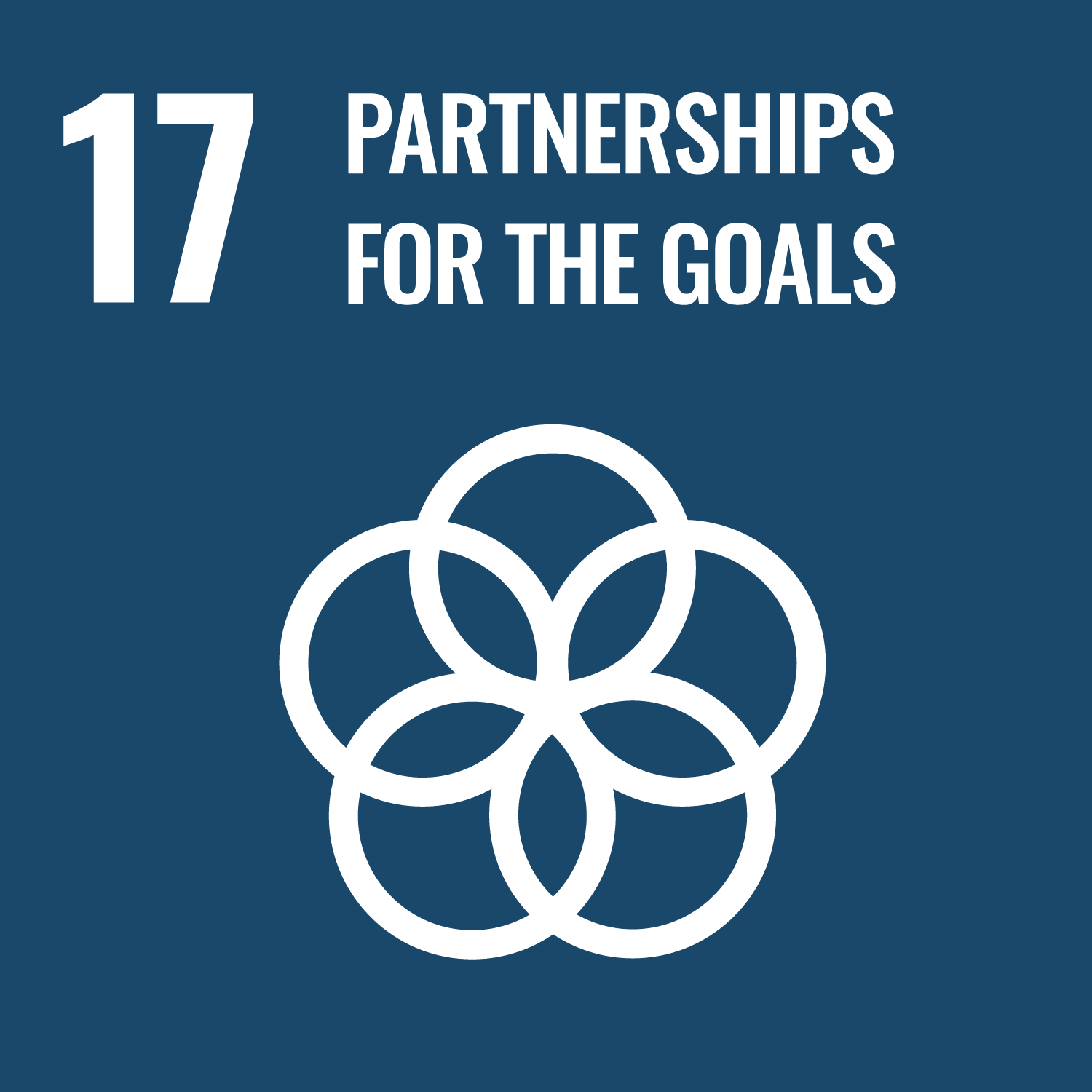What is the Project?
Vistex Composites stands as a beacon of innovation in the world of advanced composites manufacturing. The company has developed a disruptive technology that leverages its patented PFL™ process for both thermoset and thermoplastic composite products. This state‐of‐the‐art technology allows for the integration of the PFL™ process into existing manufacturing plants or the option to work with Vistex’s in-house team. The result? High-quality advanced composites produced at a lower cost than competitive processes. The process works with a wide range of reinforcements—from carbon fiber and fiberglass to aramid and more—ensuring that nearly any manufacturing need can be addressed. It’s an elegant solution in an industry that has long depended on brute force techniques… and things have never been quite so efficient.
Main Benefits of the PFL™ Process
- Energy consumption reduced by at least an order of magnitude
- Lower Capital Expenditure (CapEx) and Operating Expenditure (OpEx)
- Improved throughput and competitive pricing
- Substantial reduction in manufacturing waste
- Equivalent strength, dimensional tolerances, and aesthetics compared to autoclave cured products
Innovative Manufacturing Technology
At its core, the PFL™ process revolutionizes composites manufacturing. By replacing extensive heat, vacuum, and autoclave usage with a streamlined, energy-efficient method, Vistex Composites shifts the paradigm. The approach is rooted in digital modeling and proprietary optimization algorithms that drive the design of the fabrication process. This means that even complex components are manufactured flawlessly without the need for traditional heavy infrastructure. It’s a process that emphasizes precision and efficiency—allowing advanced composites to be produced while ensuring quality is never compromised. The technique not only simplifies production but does so in a dynamic way, almost as if it’s rewriting the rules of the manufacturing game… one step at a time.
Digital Modeling & Proprietary Algorithms
The integration of digital modeling and proprietary optimization algorithms marks a significant leap forward in the design and manufacturing of composite materials. Vistex Composites harnesses these tools effectively; they aid in creating a tailored production process that minimizes traditional bottlenecks such as excessive heat and vacuum dependency. This innovative blend of computational design and practical fabrication enables the creation of complex components with consistent quality. It is this forward-thinking approach that ensures production not only meets but surpasses industry standards. The process comes across as refreshingly scientific yet elegantly simple—highlighting how modern technology can bring sophistication to even the most challenging manufacturing tasks. It’s a marriage of digital innovation and hands-on engineering expertise, a trend that signals exciting times ahead for the composite materials industry.
Efficiency and Sustainability in Composite Manufacturing
One of the greatest merits of the PFL™ process lies in its significant efficiency and sustainability advantages. By reducing energy consumption and operational costs by such dramatic margins, advanced composites can now be produced in a manner that’s not only cost-effective but also mindful of environmental impact. The PFL™ process trims unnecessary manufacturing waste without sacrificing product performance—delivering strength and aesthetic quality equivalent to conventional autoclave cured products. In an industry known for its robust methods, such innovation offers a snug fit for trends focusing on sustainability and eco-friendly practices. The technology represents a convergence of economic and environmental benefits, making manufacturing smoother and greener… and that’s a win-win situation.
Advancing Composite Manufacturing Through Research and Innovation
Beyond the technical aspects, the spirit of innovation permeates every facet of Vistex Composites’ approach. Milestones such as being recognized by industry awards and participating in high-profile events—like the Air Force Research Lab Demo Day and AFRL Commercialization Academy—underscore the credibility and forward-thinking nature of this process. The technology has both academic and industrial backing, validating its disruptive edge. Conversations around composites manufacturing now often include discussions of how digital simulations and algorithm-driven optimization are reshaping the landscape. This narrative isn’t just about improved costs and performance; it’s about paving the way to a future where high-tech methods make traditional manufacturing methods look archaic, in the best possible way.
Project Impact: Advancing Sustainable Development Goals
- SDG 7: Affordable and Clean Energy – Reduced energy consumption through innovative processing
- SDG 9: Industry, Innovation, and Infrastructure – Disrupting conventional manufacturing practices
- SDG 12: Responsible Consumption and Production – Lower waste production and efficient resource utilization
- SDG 13: Climate Action – Diminished environmental footprint and enhanced energy efficiency
The Future of Composite Manufacturing
Looking forward, the advancements introduced by the PFL™ process are set to redefine the composite manufacturing landscape. This breakthrough not only catalyzes production efficiency but also aligns with a broader shift towards sustainable and responsible industrial practices. The convergence of digital design, optimization algorithms, and energy-efficient production is a sign of a more agile, adaptable future in manufacturing. As the industry evolves, processes such as these become essential examples of how traditional manufacturing methods can be reimagined. It is an exciting era where the boundaries between cost reduction, environmental safeguard, and quality production blur, leaving room for innovations that can transform industries. The future appears bright, with digital technology and sustainable manufacturing working hand in hand to meet the needs of tomorrow’s market, one elliptically efficient step at a time.

